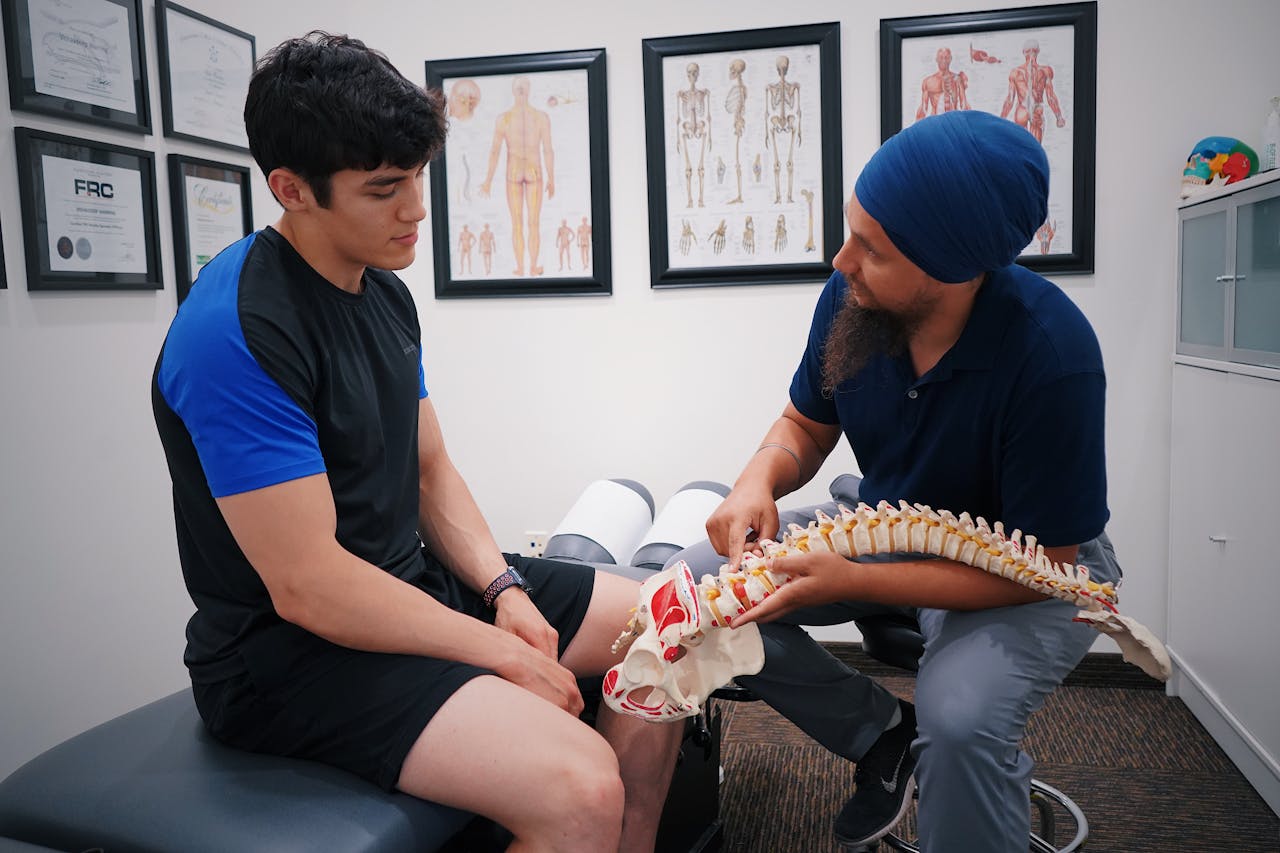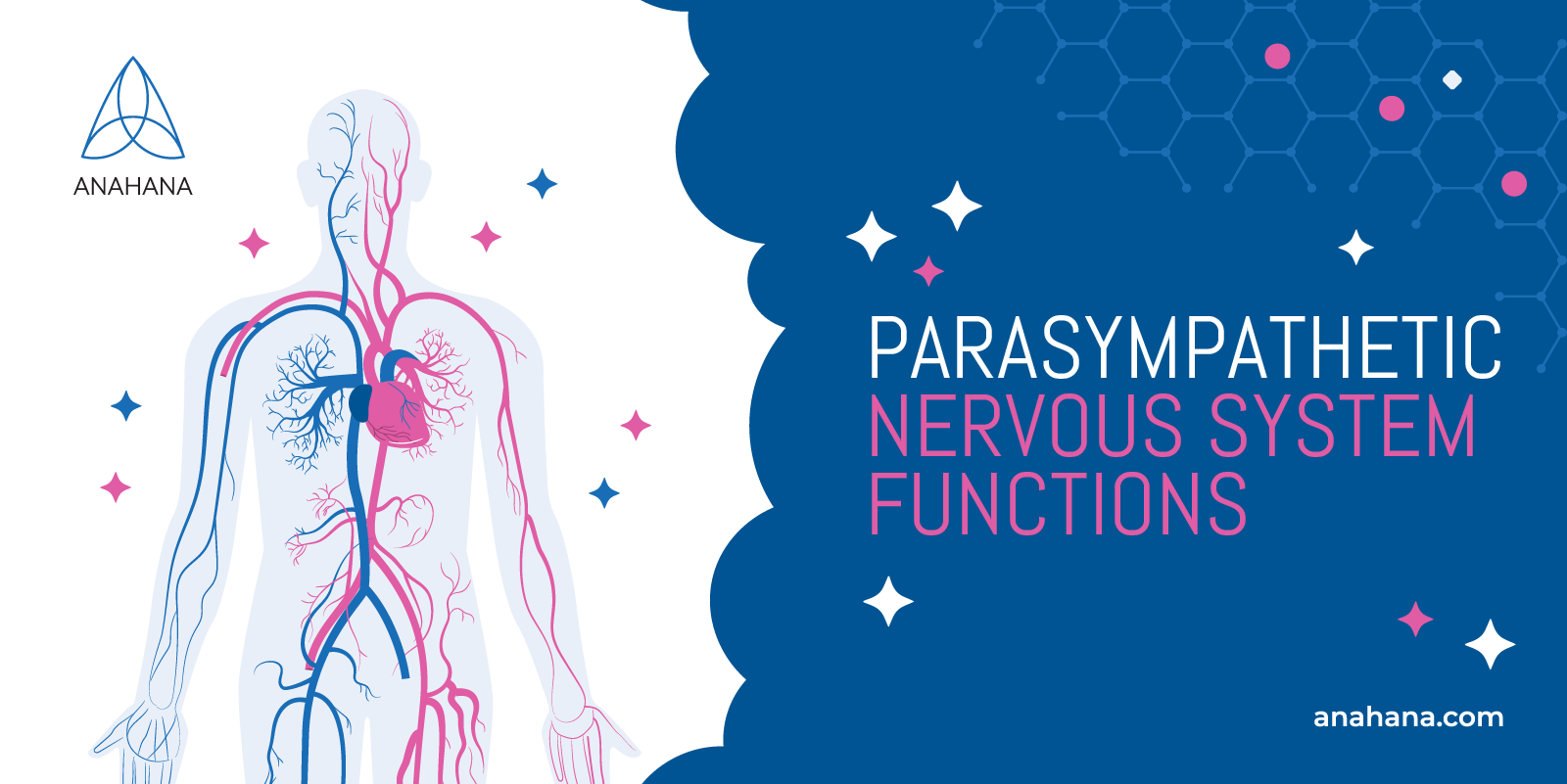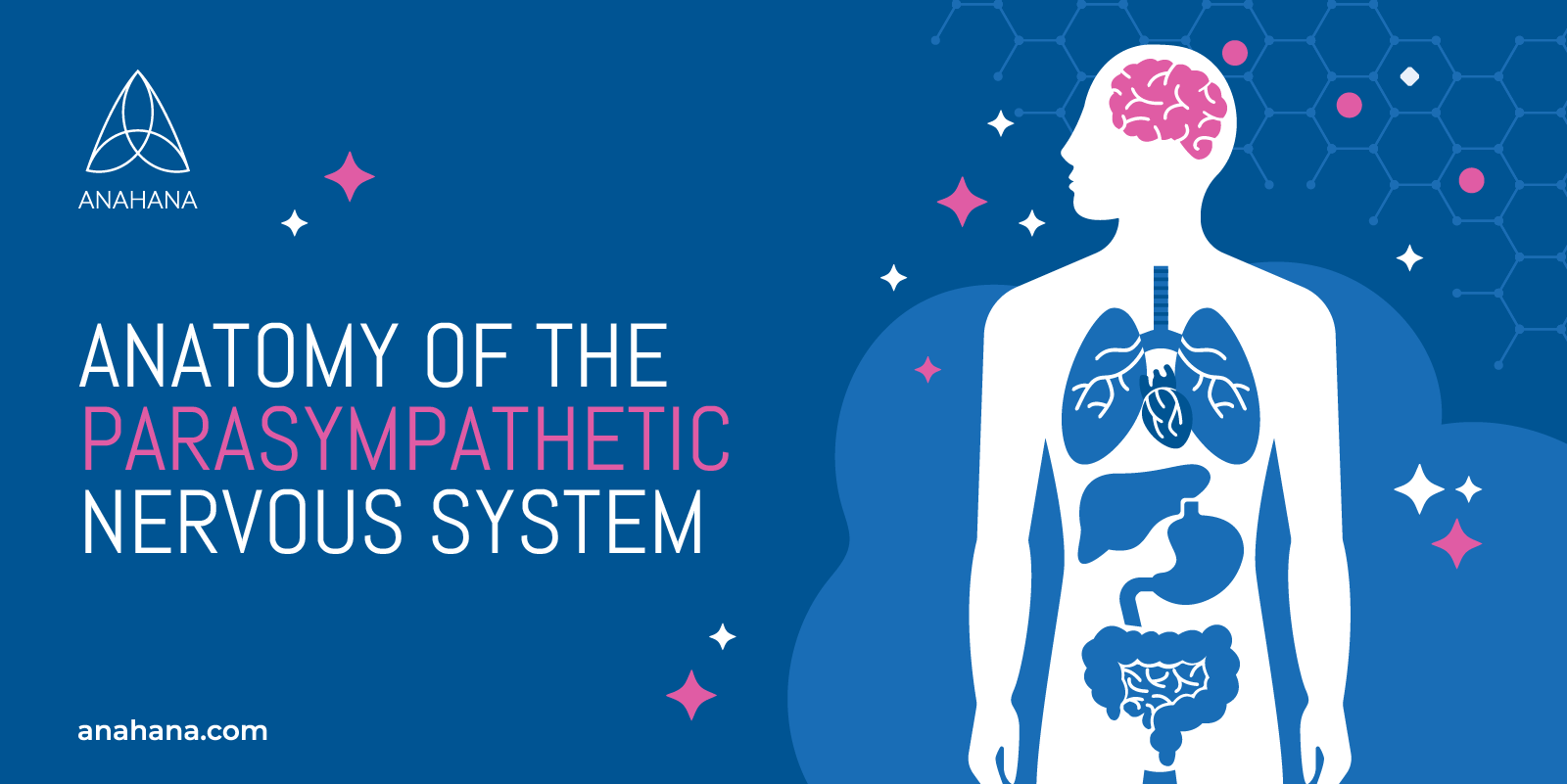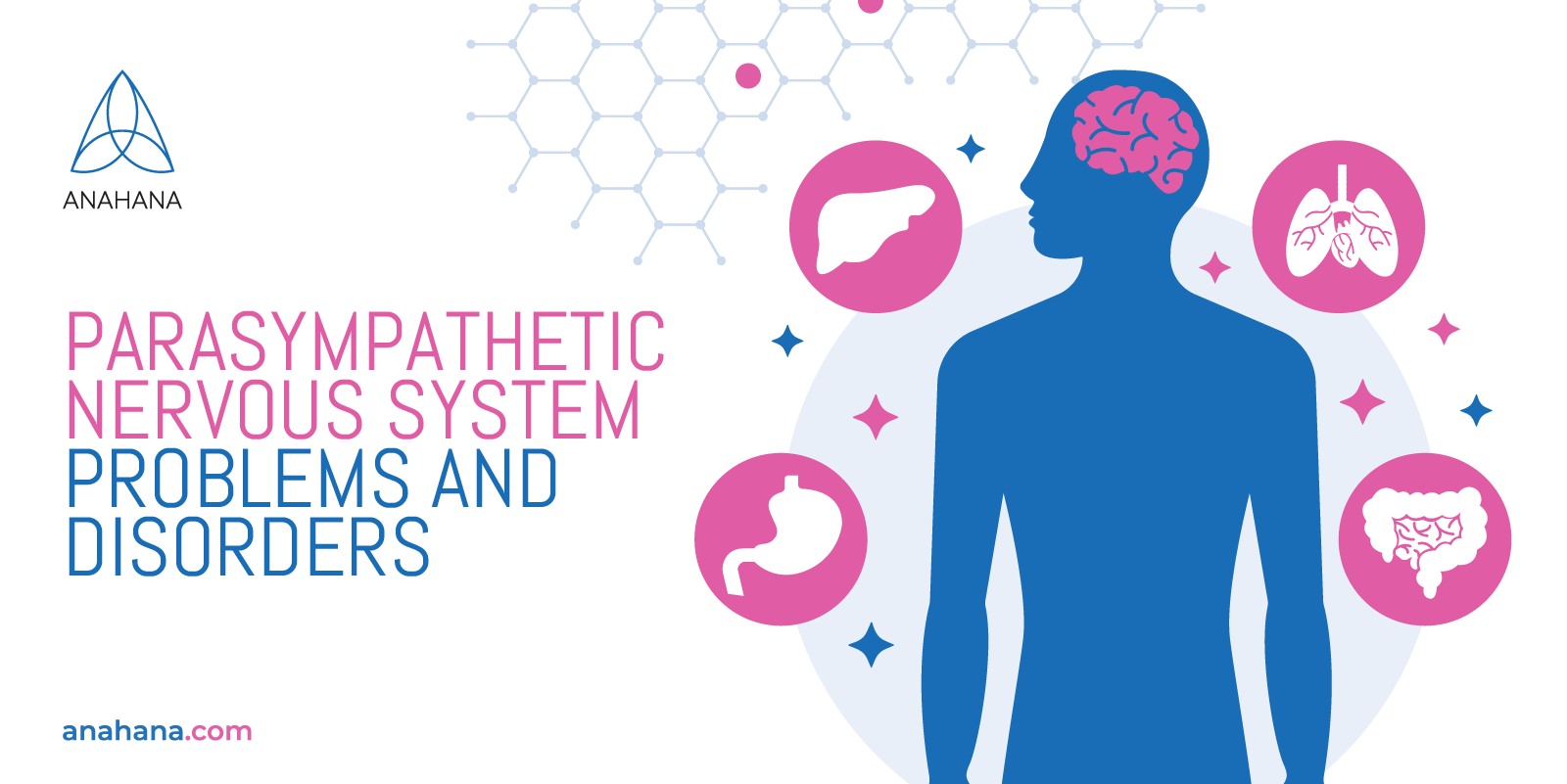
Table of Contents
The parasympathetic nervous system is responsible for the “rest-and-digest” functions of the body. It becomes more active during times of relaxation and safety.
Key Takeaways
- Parasympathetic Nervous System Location: The parasympathetic nervous system (PNS) is part of the body's autonomic nervous system, located primarily in the brainstem and sacral spinal cord, with its preganglionic neurons extending to various organs.
- Peripheral Nervous System: The PNS is a subdivision of the peripheral nervous system, working alongside the sympathetic nervous system to regulate involuntary bodily functions, including heart rate, digestion, and respiratory rate.
- Overactive Sympathetic Nervous System: An overactive sympathetic nervous system, responsible for the fight-or-flight response, can lead to chronic stress and negatively impact the PNS. Balancing the two systems is crucial for maintaining homeostasis and overall health.
- Preganglionic Neurons: The PNS consists of preganglionic neurons that originate in the brainstem or sacral spinal cord and extend to ganglia near or within target organs, where they synapse with postganglionic neurons to exert their effects.
- Body's Autonomic Nervous System: The PNS plays a vital role in the body's autonomic nervous system by promoting rest-and-digest activities, regulating functions like digestion, heart rate, and respiratory rate to ensure the body returns to a state of calm and maintenance after stress.
The Parasympathetic Nervous System Explained
It is part of the peripheral nervous system, which comprises all nerves outside the brain and spinal cord. More specifically, the parasympathetic system is a division of the autonomic nervous system.
The autonomic nervous system controls the body’s involuntary functions, such as blood pressure, heart rate, and digestion. The parasympathetic nervous system works in balance with the sympathetic nervous system, which controls the autonomic fight-or-flight response. Together, they maintain homeostasis, a stable internal environment in the body.
Parasympathetic nervous function is vital to preventing high blood pressure, regulating heart rate, and supporting our ability to handle stress. You can promote your parasympathetic nervous system through yoga, exercise, and relaxation.
Parasympathetic Nervous System Functions & Targets
 The parasympathetic nervous system acts in various ways to support involuntary physiological processes. Its actions are associated with rest, digestion, and reproduction. Examples of parasympathetic functions throughout the body include:
The parasympathetic nervous system acts in various ways to support involuntary physiological processes. Its actions are associated with rest, digestion, and reproduction. Examples of parasympathetic functions throughout the body include:
- Eyes: constriction of the pupil to improve close-range vision, increased tear production.
- Mouth/Throat: increased salivation.
- Lungs: constriction of the airways.
- Heart: lower heart rate, increased variation of heart rate with breathing.
- Gut: increased gastric motility (increased digestion).
- Liver: increased glucose storage.
- Urinary Tract: constriction of the bladder and relaxation of urethral sphincters to void urine.
The parasympathetic nervous system also has immune functions. Its primary role in the immune system is negative feedback control of inflammatory factors. This prevents chronic inflammation, which can lead to many disorders.
Another crucial effect of parasympathetic stimulation is reducing blood pressure, even though blood vessels have no parasympathetic innervation. This is an excellent example of how the parasympathetic and sympathetic divisions work in balance. Blood pressure increases when the sympathetic nervous system tells the blood vessels to constrict. Parasympathetic activation dampens sympathetic signaling, so the vessels stop constricting, and blood pressure decreases.
Most parasympathetic effects have reciprocal functions generated by the sympathetic nervous system. For example, parasympathetic stimulation increases digestion, while sympathetic stimulation decreases digestion.
Anatomy of the Parasympathetic Nervous System
 The parasympathetic nervous system contains sensory (afferent) and motor (efferent) nerve fibers. Sensory nerves carry information from the body to the brain and spinal cord, and motor nerves carry the response signal back to the body. The sympathetic and parasympathetic nervous systems share sensory nerves, but each division has distinct motor nerves.
The parasympathetic nervous system contains sensory (afferent) and motor (efferent) nerve fibers. Sensory nerves carry information from the body to the brain and spinal cord, and motor nerves carry the response signal back to the body. The sympathetic and parasympathetic nervous systems share sensory nerves, but each division has distinct motor nerves.
Autonomic Sensory Nerves
Sensory receptors monitor whether autonomic output matches the body’s physiological needs and send this information to the central nervous system via afferent nerves. If needed, the brain adjusts the balance between sympathetic and parasympathetic stimulation to the given organ.
For example, receptors in the heart sense how fast the heart is beating. If it is faster than what the body requires at that moment, the brain increases parasympathetic stimulation to the heart to lower the rate.
Parasympathetic Motor Nerves
Autonomic motor nerves follow a special arrangement. Preganglionic nerves carry impulses from the central nervous system into the body. They transmit the impulses to ganglia, clusters of nerve cell bodies. Axons extending from the ganglia form postganglionic nerves and deliver the signal to the target tissues.
Parasympathetic preganglionic fibers originate from three sacral spinal nerves and four cranial nerves. The spinal nerves that give rise to parasympathetic preganglionic neurons are the pelvic splanchnic nerves. They start in the sacral spinal cord and extend into the pelvic cavity.
Cranial nerves come directly out of the brainstem and send efferent signals to the head and face. The cranial nerves that give rise to preganglionic parasympathetic neurons are the oculomotor nerve, facial nerve, glossopharyngeal nerve, and vagus nerve. The vagus nerve is paramount as it represents 75% of parasympathetic fibers and is one of the most widespread nerves in the body.
The ganglia are clusters of neuron bodies that modulate and relay the nerve impulse. Parasympathetic ganglia are located close to the target tissues, so the postganglionic nerve fibers are shorter than the preganglionic. The postganglionic parasympathetic fibers are covered with thick myelin sheaths, which means the nerve impulses are well-insulated and can travel quickly.
Neurotransmitters Transmit Nerve Impulses
Nerve impulses can be relayed from one neuron to the next via electrical or chemical signals. Efferent parasympathetic fibers release chemical signaling molecules, or neurotransmitters, from the pre and postganglionic axon terminals.
Parasympathetic neurons use acetylcholine as both the preganglionic and postganglionic neurotransmitter. Acetylcholine is used all over the body, including sympathetic preganglionic neurons and the somatic nervous system.
What Problems Can Occur in the Parasympathetic Nervous System?
 There are many potential causes of parasympathetic disorders. Some conditions are inherited, while others result from spinal cord or peripheral nerves injuries. Any abnormalities in the sympathetic system, such as overactivity, will likely cause issues in the parasympathetic system. Lifestyle factors such as chronic stress, alcohol abuse, and lack of exercise can also disrupt the parasympathetic nervous system.
There are many potential causes of parasympathetic disorders. Some conditions are inherited, while others result from spinal cord or peripheral nerves injuries. Any abnormalities in the sympathetic system, such as overactivity, will likely cause issues in the parasympathetic system. Lifestyle factors such as chronic stress, alcohol abuse, and lack of exercise can also disrupt the parasympathetic nervous system.
Parasympathetic dysfunction causes issues maintaining homeostasis in the body. This means the body cannot adapt to meet changing physiological demands, leading to many disorders. An underactive parasympathetic nervous system may lead to cardiovascular issues and diabetes. Damage to the vagus nerve is associated with many psychiatric and inflammatory conditions, including depression and inflammatory bowel disease.
Parasympathetic nervous function will naturally decline with age, but you can protect it in several ways. Examples include yoga, meditation, moderate-intensity exercise, a healthy diet, and probiotics. These strategies help increase parasympathetic activity and shift the autonomic nervous system away from flight-or-flight mode.
Frequently Asked Questions

What is the parasympathetic nervous system?
The parasympathetic nervous system is the “rest-and-digest” system. It is part of the autonomic nervous system, which controls the involuntary physiological processes of the body. The parasympathetic system is most active in times of safety and relaxation and has functions including lowering heart rate and increasing digestion.
What are the definitions of preganglionic, postganglionic, and ganglia?
Preganglionic fibers are responsible for carrying autonomic nerve impulses out of the brain and spinal cord. Postganglionic fibers are responsible for delivering the impulse to the target tissues. Parasympathetic ganglia are clusters of neurons that relay the signal from preganglionic to postganglionic nerves.
What can damage the parasympathetic nervous system?
Many injuries and illnesses can damage parasympathetic nerves. Parasympathetic dysfunction can also result from lifestyle factors, including chronic stress, lack of exercise, and alcohol.
How can I protect my parasympathetic nervous system?
Moderate-intensity exercise, yoga, and meditation are all great ways to increase parasympathetic activity.
References
https://www.ncbi.nlm.nih.gov/books/NBK553141/
https://www.ncbi.nlm.nih.gov/books/NBK539845/
https://iopscience.iop.org/article/10.1088/1361-6579/aa6782
https://www.ncbi.nlm.nih.gov/pmc/articles/PMC5859128/
Disclaimer
The contents of this article are provided for informational purposes only and are not intended to substitute for professional medical advice, diagnosis, or treatment. It is always recommended to consult with a qualified healthcare provider before making any health-related changes or if you have any questions or concerns about your health. Anahana is not liable for any errors, omissions, or consequences that may occur from using the information provided.

By: Emma Lee
Emma is an editor for Anahana and a soon-to-be graduate of the Master of Science program at the University of Toronto. She graduated with a Bachelor’s in Neuroscience and Immunology at the University of Toronto and has extensive experience in research. She is passionate about learning the science behind health and wellness and hopes to contribute her knowledge to help people live healthier lives. Outside of Anahana, Emma enjoys exploring nature, playing with her dog, and doing arts and crafts.